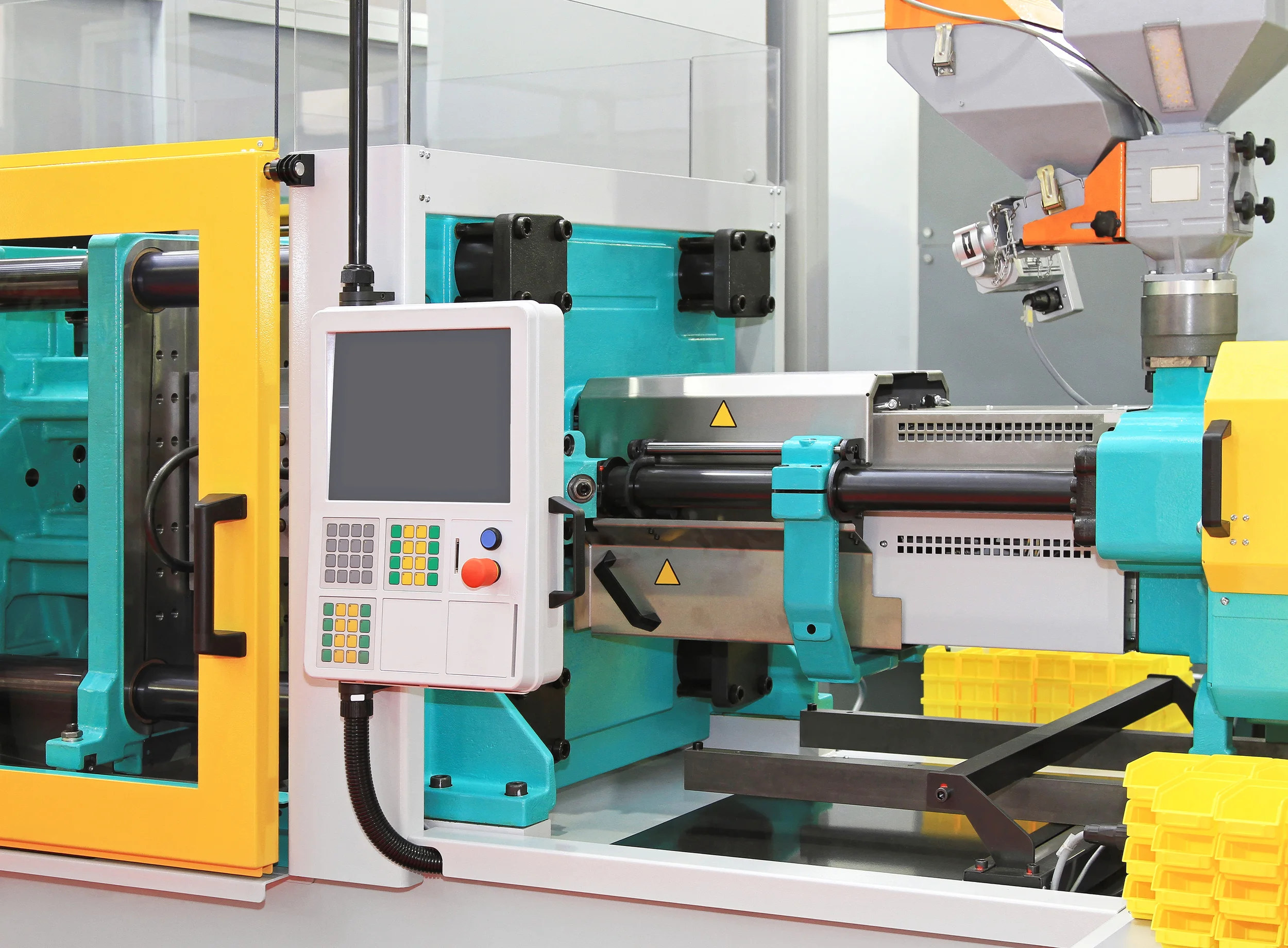What's the Difference Between Verification and Validation?
The regulation, 21 CFR 820.75 (a) states that "where the results of a process cannot be fully verified by subsequent inspection and test, the process shall be validated...". If we decide to verify, do we need to verify 100%?
I get this question asked a lot during my seminars.
The FDA hasn't provided much guidance on how we need to verify (besides using the word "fully"). I have read an article in which the authors argue that as long as we have good statistical data, we don't need 100% verification. I started asking my students and clients. Do you verify 100%? And the overwhelming answer has been yes. I found one published warning letter that deals with this issue of full verification.
does A manufacturer need to verify 100%?
In my opinion, a medical device manufacturer must either verify the output 100% or validate the process. These are the only two choices. Verification is done on the product coming off the production line to confirm that the line has produced a good product. When we validate the process, we establish reliable relationships between the critical product characteristics and the process inputs.
What are the benefits of validating?
If we do a good job during validation, we can monitor our machine inputs and should have the necessary confidence that the product is good as long as the process inputs stay in their validated operating windows. Just finding the sweet spot of your process and then moving the process "up" and "down" to establish your process window is not good practice.
I can't tell you how many suppliers gave me this answer when I asked them how they plan to establish their operating window. It usually tells me that they should take some DOE training! In order to establish long term trust in our process we need to generate objective evidence. And lots of it! This means that we have to establish a solid sampling plan.
should we validate even if we could verify?
We spend a significant amount of time discussing verification and validation in our seminars. Some process outputs are easily verified, as for instance the machining of a simple aluminum bracket. Some processes could be verified but are too expensive to do so.
For example, a high volume metal stamping process could be verified but will most likely be more cost efficient if it the process is validated - since we do no longer have to measure every part. Some processes need to be validated because we can't fully verify the output.
The classical example is a bonded joint. We can't test all the parts to failure to verify that the product meets specifications. That is senseless. Therefore we validate the bonding process. And we inspect a small sample from each lot that comes off the validated process.
processes that must be validated
What are some other processes that must be validated? The GHTF publication (see free resources) provides a list of processes that need to be validated. There are some processes where we need to do both, validate the process and verify the product. As you can see, validation can make very good business sense because if your company becomes very good at validation, you will reduce cost, improve quality, drive excellence, and have a more profitable company!!!
Sign up for one of our seminars if you want to know more about verification and validation.





